Japankoi Oofuchi - vers. Breeding forms - Cyprinus Carpio - 18-22cm
incl. VAT plus shipping costs
Immediate delivery, express possible ![]()
Only 5 itemleft in stock
- Item no: 29343
Fast delivery times
All products are in stock with us!14 years of breeding experience
Let our team of experts advise you!High customer satisfaction
from over 3,000 reviews "With Japankoi from Oofuchi you set the highest standards in koi farming. Oofuchi is a Koi farm located in the mountains of Niigata in Japan and has been breeding fish in the premium sector for over 55 years. These are characterized above all by a very large size with appropriate feeding. With this you give your garden pond the final touch!
You will receive an Oofuchi Japankoi in the size 18-22 cm, which you can select from the menu itself from these variants: Goromo, Kikokoryu, Kohaku, Kujaku, Ochiba, Sanke, Showa or Shusui.
The Japankoi is a high breed among carp fish and is also called Nishikigoi, which translated means "brocade carp". Originally, it is also descended from Cyprinus carpio, the ancient carp, whose breeding in Japan is elaborate and has a long tradition. In its homeland, these fish are considered the epitome of determination, perseverance and, not least, good luck.
Also the variants offered here can become up to 80 cm long and 60 years old, therefore they need a sufficiently large pond, which leaves them enough space to swim out. As a rule of thumb, you can calculate here between 1-3 cubic meters of water per animal, although more is of course always more advantageous. As a group fish, a fish should also be kept with four other Koi of approximately the same size, so that it can live out its appropriate social behavior. The Japanese Koi also digs in the pond mud with passion, as is typical for carps, and in doing so swirls up enormous amounts of mulm, which should therefore be reprocessed by a powerful filter Strict water hygiene is the be-all and end-all in the Koi pond and serves to keep your darlings healthy You should therefore also check this regularly with meaningful water tests in order to prevent any problems.
The bottom of the pond is used by the Koi for hibernation, so the pond should have a minimum depth of 120 cm, better even 200 centimeters, to prevent freezing over or through. Ice freezers are also particularly helpful in this regard, as they protect the surface from freezing. Outflow stones also serve for a proper gas exchange. These also prove their worth in summer, when the oxygen content in the water drops significantly as temperatures rise. Pond oxydators are also a sensible investment for this purpose.
Optimal pond co-inhabitants for the Japanese koi are, among others, biotope fish such as roach or rudd, as they also eat the koi food and are better tolerated by medication, which is sometimes necessary. Suitable are also Goldschleien, Moderlieschen or Gründlinge, which we also carry in the store. The sturgeon turns out to be more of a nuisance, as it comes into peak form in the pond especially during the cold season, and its restlessness will "disturb" the winter-resting Koi by name. The Japan Koi could be removed from the pond in late autumn and transferred to the cold water aquarium, but with regard to the development of its physiology the natural outdoor keeping is in any case more advantageous. Invertebrates are also less suitable, as they are more frequently on the Koi's menu, and spiny fish such as sunfish or sticklebacks are also unsuitable, as they are not copper-tolerant, among other things.
In the pond, the breeding of Koi is conceivable, but due to the strong spawning predation behavior also towards their own offspring, an overpopulation is rather not to be expected. In fish farming, koi breeding is still a true craft. Nevertheless, the female should not be denied the opportunity to lay eggs, otherwise she may develop spawning hardening, which can result in serious disease in the Koi.
These omnivores burrow in the bottom of the pond for small crustaceans, leeches, worms and insect larvae. Therefore, you can also spoil them with other delicacies such as silkworms, mealworms or insects. They are also quite easy to get used to feeding from the hand. However, a varied diet is preferable in any case, so we recommend a Koi food designed for their needs and adapted to the seasons to prevent possible nutritional deficiencies. Your Japanese Koi is also a herbivore that occasionally helps itself to the very soft-leaved pond plants in the pond, which is why these should be added at regular intervals. To ensure the permanent and necessary vegetation in the pond, it is recommended to plant especially the pond edges with hard-stemmed pond plants such as cattails or reeds, as these tend not to be nibbled by the animals.
| Scientific name: | Cyprinus Carpio (LINNAEUS, 1758) |
| German name: | Japankoi |
| Difficulty level: | for beginners |
| Origin/Distribution: | Japan |
| Scope of delivery: | Goromo, Kikokoryu, Kohaku, Kujaku, Ochiba, Sanke, Showa or Shusui |
| Age expectation: | approx. 60 years |
| Pond size: | at least 5 cubic meters for five fish, 1000 liters more for each additional koi |
| Food: | Omnivorous, plants, insect larvae, insects, worms, crustaceans, special koi food |
| Breeding: | relatively difficult in the pond |
| Behavior: | very peaceful |
| Group size: | from 5 animals |
| Further information: | <td
- Item no: 29343
Entdecke die Garnelio Welt!
Garnelio gehört zu den größten Onlineshops für wirbellose Aquarientiere weltweit.
Viele Artikel gibt es exklusiv nur bei uns im Shop.

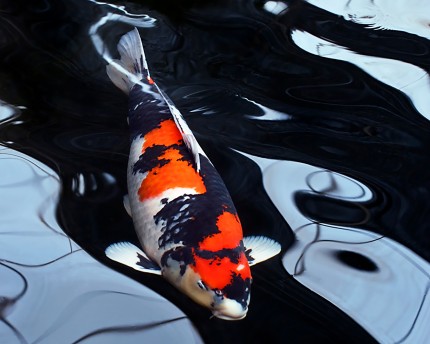
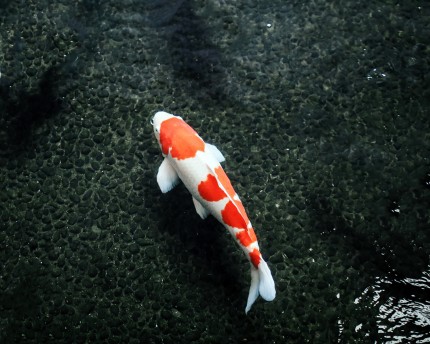


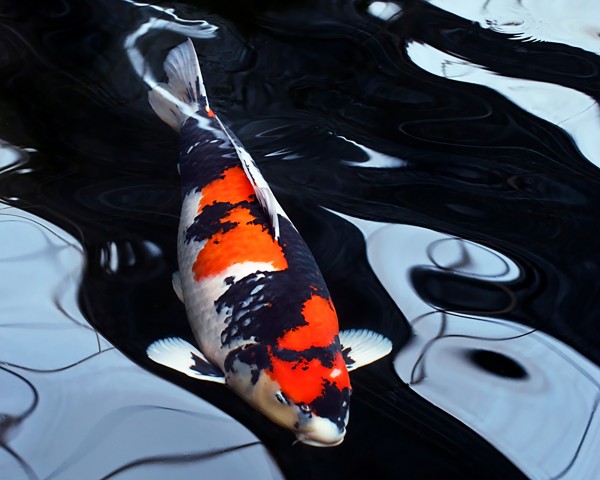
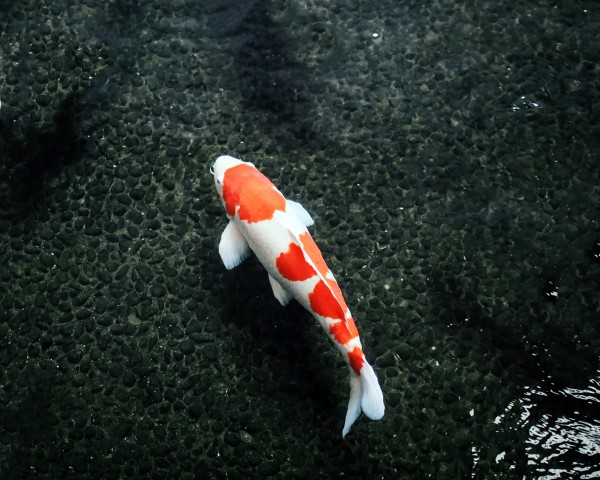



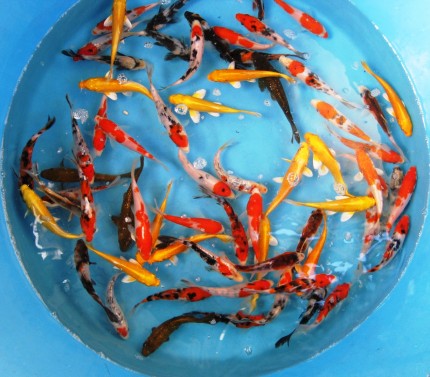
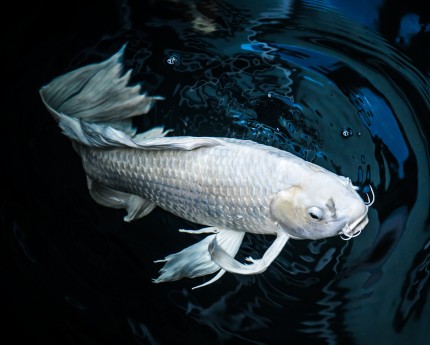
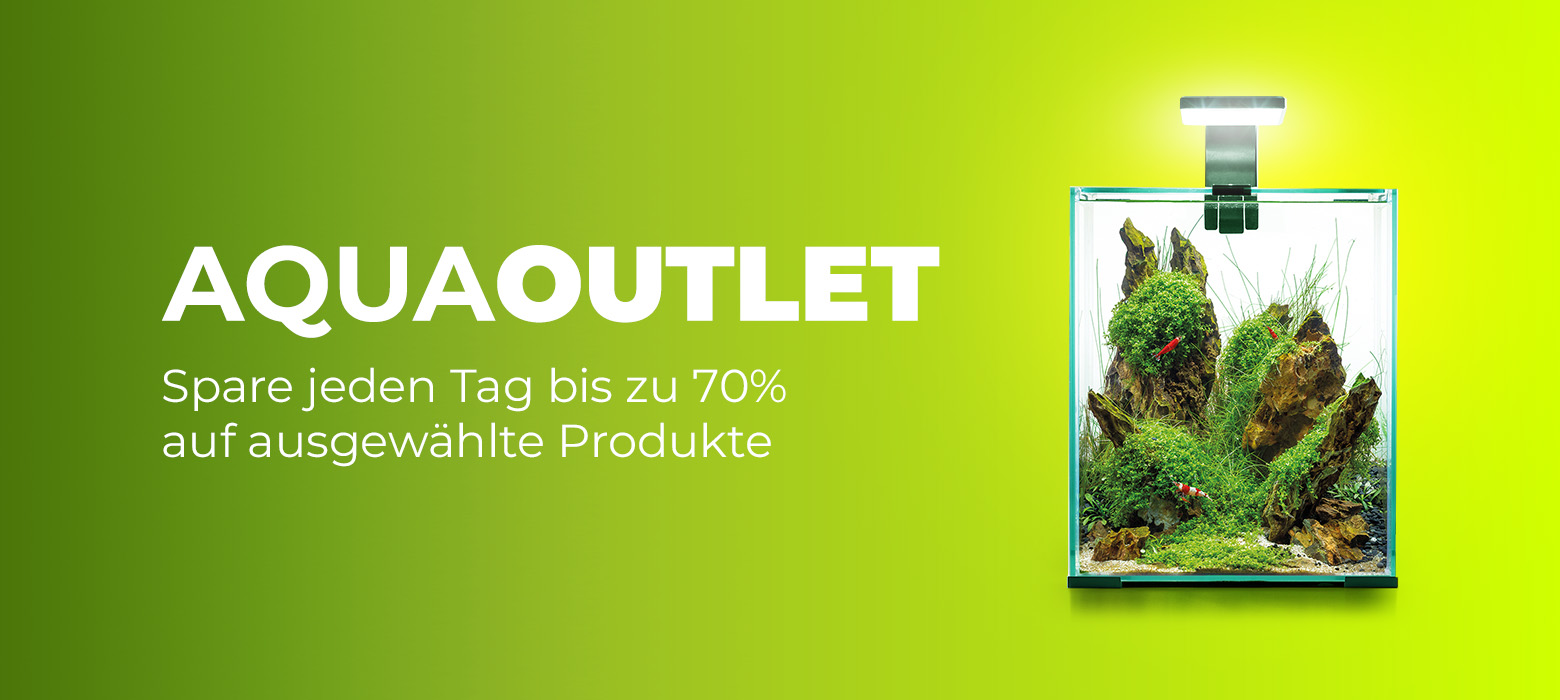
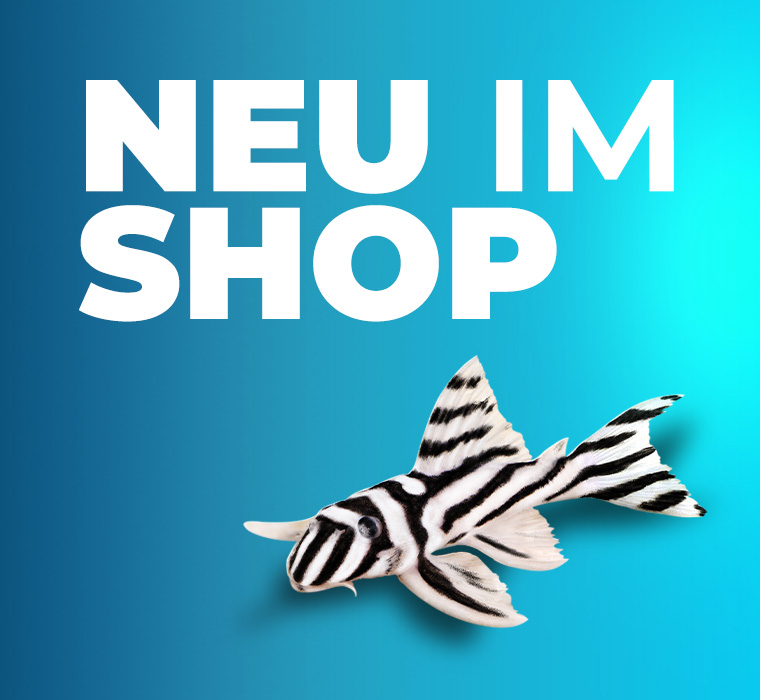
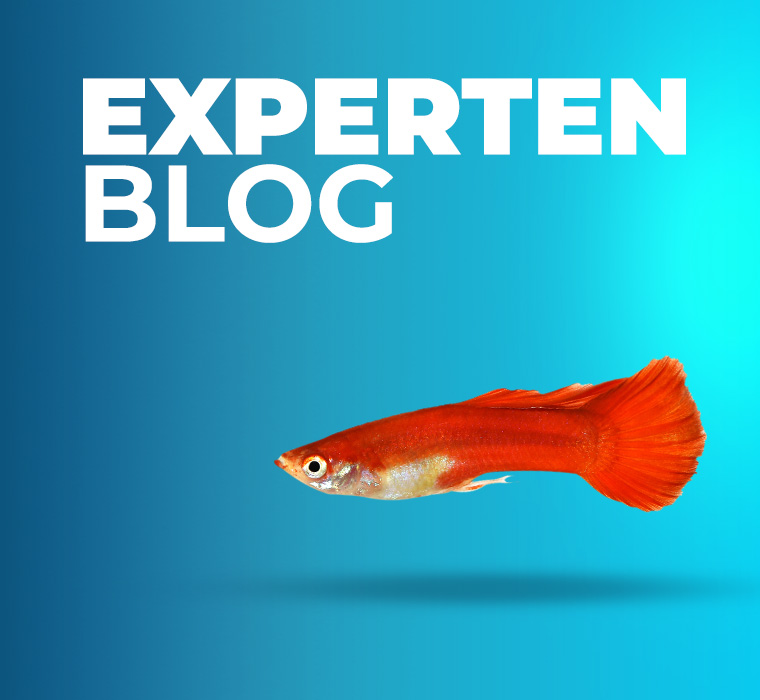

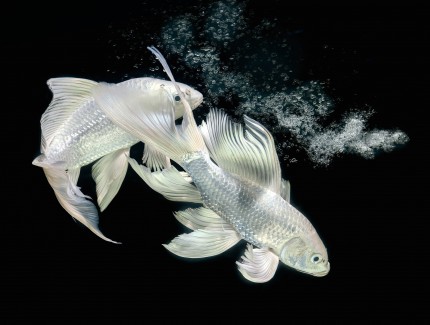
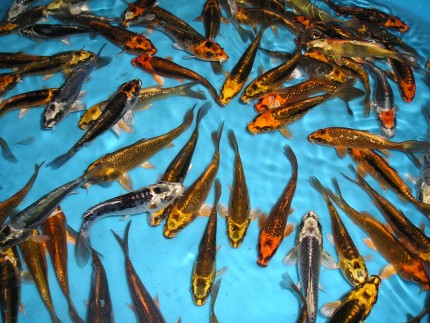
The fields marked with * are required.
I have taken note of the privacy policy.